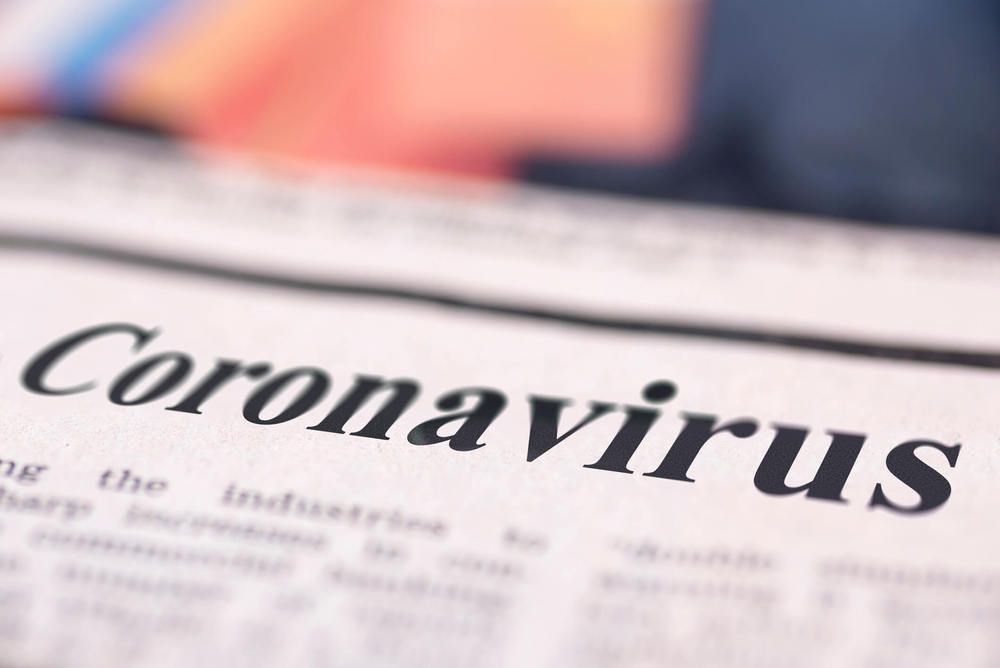Two retired professors are sharing the mathematics version of the Nobel Prize for their lifelong contributions to the changing nature of math in the computing age. Both Hillel Furstenberg and Gregory Margulis spent decades applying ideas from probability theory to different kinds of discrete mathematics in order to shake loose new ways to solve seemingly intractable problems. The Abel Prize, awarded since just 2003, honors career mathematical accomplishments with a prize of about $700,000.
Wait—there’s not a Nobel Prize for mathematics? It’s true, and although you may have heard a lascivious story to explain why, no one really knows for sure.







